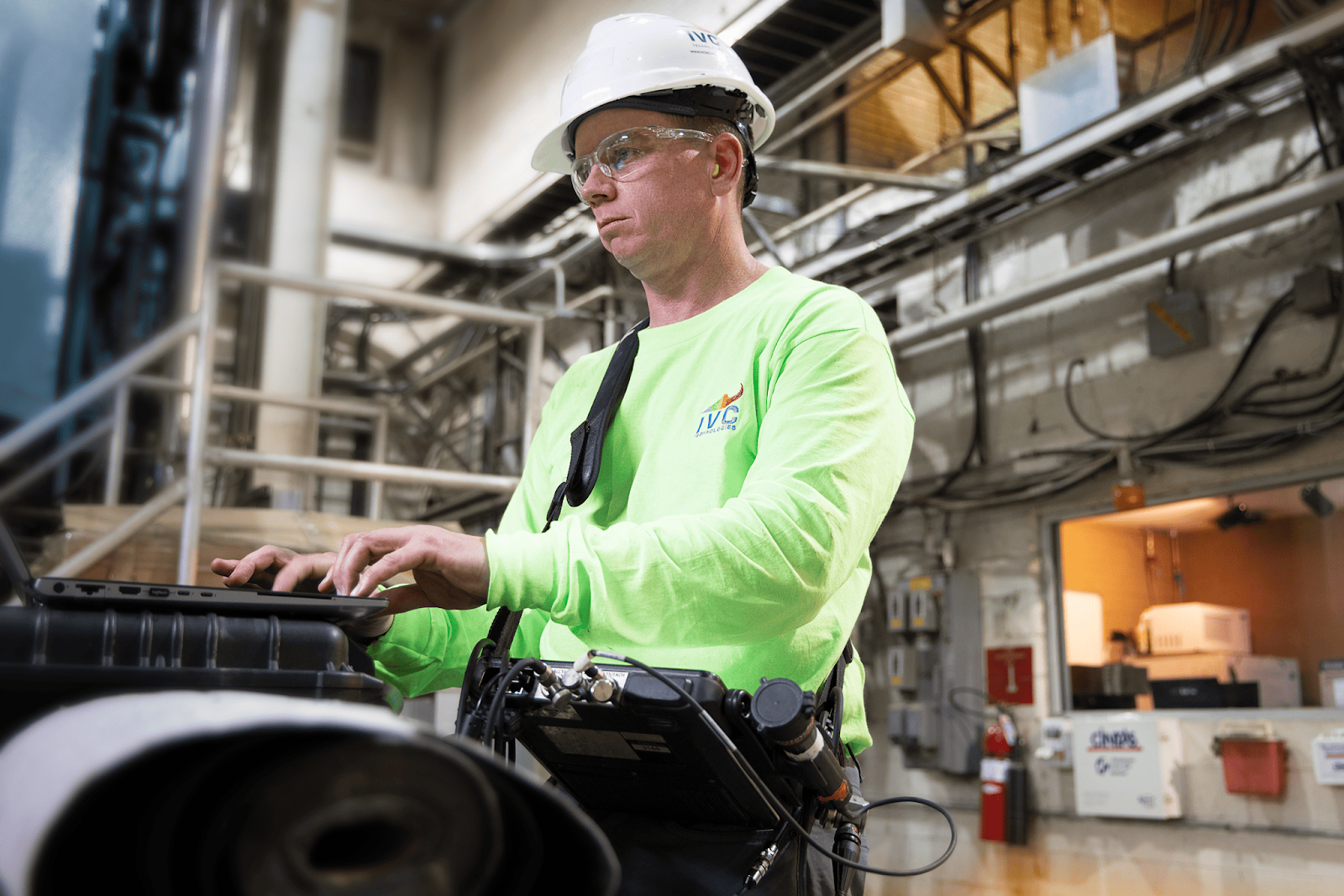Reducing unscheduled downtime and averting expensive equipment failures are major concerns in contemporary industrial operations. A revolutionary strategy for accomplishing these objectives is predictive maintenance, which uses cutting-edge technologies to foresee problems before they become more serious. Vibration analysis, a diagnostic technique used to track the state of machinery by evaluating its vibratory patterns, is one of the most useful instruments in predictive maintenance. Long before they result in failures, technicians can identify imbalances, misalignments, bearing wear, and other mechanical problems by examining these vibrations. Vibration analysis is therefore essential for increasing machine life, enhancing equipment reliability, and maximizing operational effectiveness.
A Comprehensive Overview of Vibration Analysis
Fundamentally, vibration analysis is the measurement and interpretation of machine component oscillations. During operation, every machine produces vibrations, including gearboxes, compressors, pumps, and motors. The pattern and frequency of these vibrations alter when a component starts to deteriorate or undergo stress, offering important information about the state of the system. These signals are picked up by specialized sensors, like accelerometers, and processed by sophisticated software to produce comprehensive vibration profiles. Maintenance teams can use these profiles to spot anomalies that can point to emerging issues. Vibration analysis’s main benefit is its capacity to reveal hidden issues that are frequently missed by visual inspections or simple operational testing.
Typical Uses for Predictive Maintenance
Applications for vibration analysis in predictive maintenance are numerous and span sectors like manufacturing, energy, transportation, and aerospace. It works especially well on rotating machinery, where even small imbalances can cause catastrophic failure or significant wear. Vibration analysis, for example, lets manufacturing facilities keep an eye on the condition of vital equipment like pumps, turbines, and conveyor systems to guarantee continuous output. Through early anomaly detection, it promotes the safe operation of wind turbines and generators in the energy sector. This technique is even used in aircraft to identify mechanical problems with engines and other essential parts, improving performance and safety. Vibration analysis’s adaptability makes it essential to any predictive maintenance plan meant to lower operational risks and boost output.
The Principal Advantages of Vibration Analysis Implementation
The potential of vibration analysis to avert unplanned malfunctions is among its most important advantages. Early fault detection allows maintenance staff to plan repairs during scheduled downtimes, preventing expensive emergency interventions. This lowers total maintenance costs while also extending the equipment’s lifespan. Additionally, professional machine vibration analysis encourages energy conservation because well-maintained machinery uses less electricity. Additionally, by reducing the possibility of hazardous mechanical breakdowns, it enhances workplace safety. When taken as a whole, these benefits help firms become more profitable, more efficient, and better at using their resources.
Vibration Analysis Integration into Maintenance Programs
Vibration analysis must be properly included in a business’s maintenance plan in order to be used effectively. Training employees to comprehend vibration data and make appropriate use of the insights is the first step in this process. A lot of businesses use condition-based maintenance, which combines vibration analysis with other diagnostic techniques like oil analysis and thermography to provide a thorough picture of the health of the equipment. Large datasets from vibration sensors are also increasingly being processed using advanced analytics and machine learning, which allows for quicker and more precise defect identification. Vibration analysis guarantees that maintenance decisions are based on real-time data, coordinating repair efforts with actual machine conditions, whether it is done internally or through outside service providers.
Difficulties and Upcoming Patterns
Although vibration analysis has many advantages, there are drawbacks as well. Some companies may find the initial equipment and training costs associated with implementing the technology to be a hindrance. Furthermore, it might be difficult to analyze vibration data, necessitating the use of sophisticated AI-powered technologies or knowledgeable analysts. But these issues are being resolved as technology advances. Increased automation, enhanced sensor technology, and connectivity with Internet of Things (IoT) platforms are key components of vibration analysis’s future. These developments will open the door to even more effective predictive maintenance techniques by improving the accessibility, affordability, and accuracy of vibration analysis.
A key component of predictive maintenance, vibration analysis offers unmatched insights into the condition of machinery and permits preventative measures. The long-term advantages greatly exceed the expenses, making it a crucial investment for sectors aiming for operational excellence, even though initial setup and expertise may pose difficulties. Vibration analysis will become increasingly more potent as technology develops, completely changing how businesses handle asset management and maintenance.


